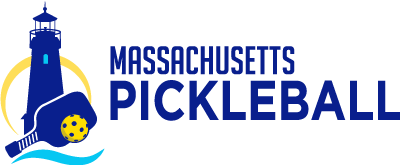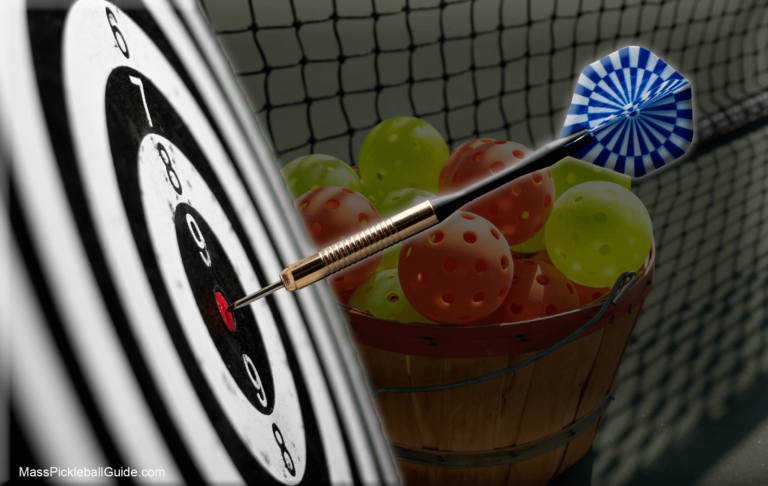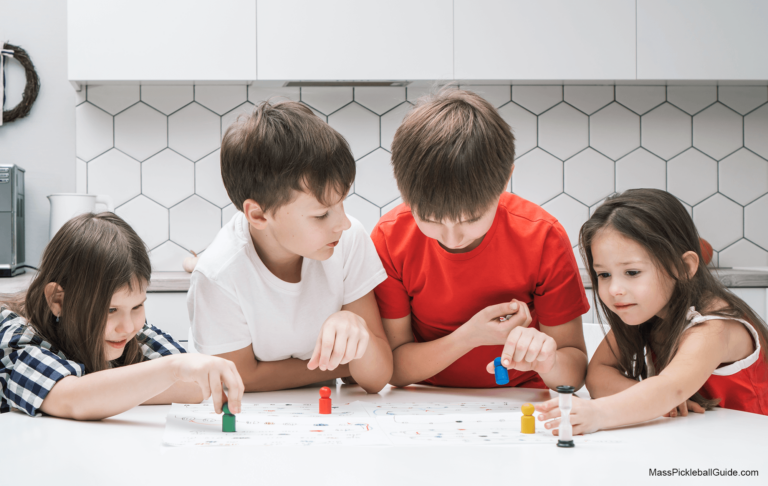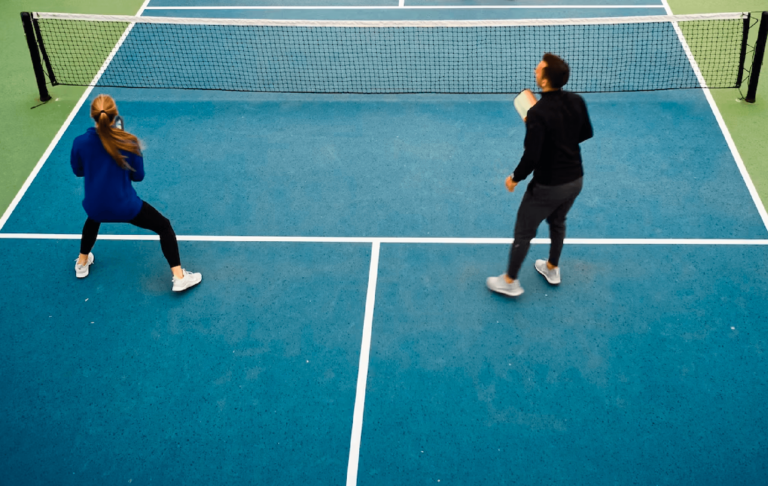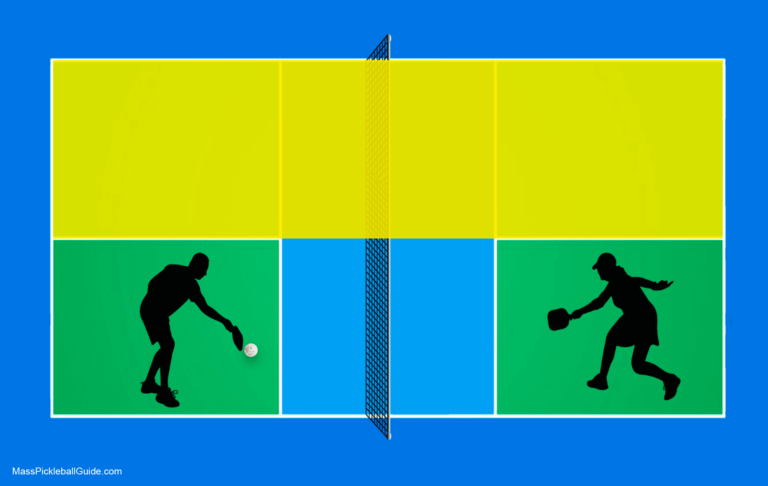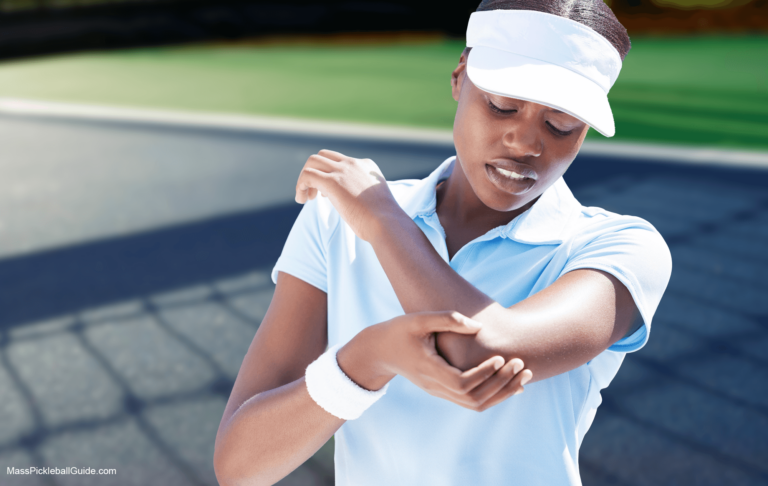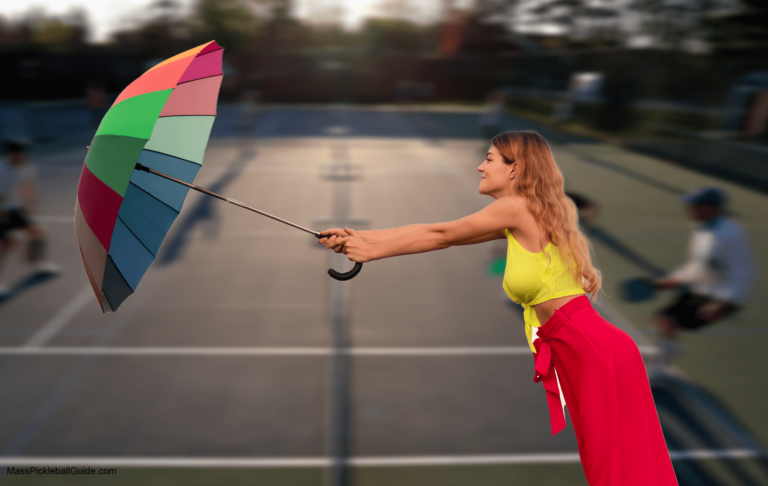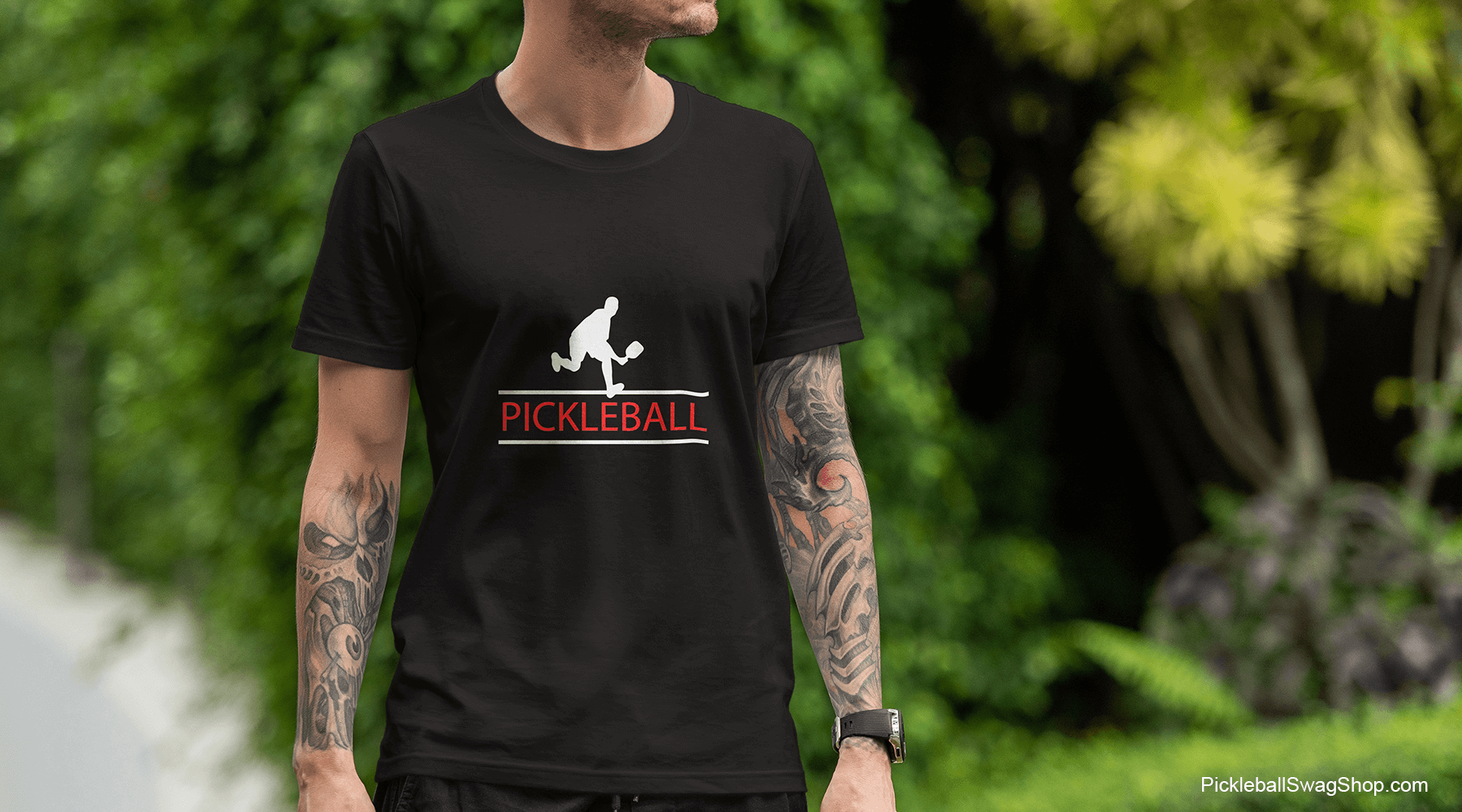Practicing pickleball alone? Not as absurd as you think.
when your back’s against the wall
Ever wonder, “Can I practice pickleball on my own?” or “Can I play pickleball solo?” If so, this is the article you’ve been searching for. Practicing pickleball by yourself might seem like a daunting challenge or even odd, but it can be very effective and rewarding. With the right mindset and approach, practicing pickleball by yourself can propel your pickleball skills to new heights.
Engaging in solo pickleball practice allows you to focus intensely on your individual pickleball skills – be it your serve, your volley, or that tricky dink shot. It allows you to dissect and refine your techniques at your own pace. Practicing alone provides the unique advantage of personalizing your drills to address your unique strengths and weaknesses.
So what’s the catch?
Practicing pickleball alone does come with its share of challenges. It may be difficult to gauge your progress without an opponent or a fresh set of eyes. And also, certain elements of pickleball, such as reading your opponent’s cues, can only be learned in a match setting. You can’t practice alone forever – otherwise you should have taken up the card game solitaire.
In this detailed guide, we will explore the various aspects of practicing pickleball alone, with a particular focus on drills and techniques for solo pickleball practice.
How to Practice Pickleball by Yourself
Solo practice in pickleball might seem challenging, but it’s entirely possible and can be very beneficial. You do not need to have a friend, partner, neighbor, etc. at the ready to hone your pickleball skills. And you may be surprised how many people actually practice by themselves, so they are ready for the next match.
Even if you do have someone to practice pickleball with, by practicing alone, you have the opportunity to focus on specific skills and drills without the pressure of a competitive environment. You can practice at your own pace to work on the fundamentals like your serve, volley, and that elusive (?) dink shot.
Let’s delve into how you can effectively practice pickleball alone.
Solo Pickleball Drills
A fundamental aspect of solo practice involves focusing on various pickleball drills. Afterall, you do need somewhat of a plan. Simply whacking the pickleball ball around your driveway may let off some steam but are you really learning anything? On the other hand, practice exercises help enhance your skills, allowing you to play pickleball better and with more confidence. It can still be at your own pace but it’s still a plan with perhaps some objectives.
Wall Practice
Can you practice pickleball against a wall?
Absolutely! The wall is a great “partner” for practicing pickleball alone. Whether you’re working on your serves, volleys, or dinks, the wall provides consistent and unbiased feedback. This is an invaluable resource for honing your skills.
Here’s how you can maximize your practice against a wall:
Set Up
Find a wall [without windows!], ideally at least 10 feet high and 20 feet wide. An outdoor wall is preferable, but if weather is a concern, an indoor wall can work. Mark a horizontal line on the wall to replicate the net height in pickleball, which is approximately 34 inches at the center.
But even you don’t want to mark up the wall you can either eyeball where the net would be by identifying with a line of bricks, paint markings, etc. You don’t want to spend much time on setting up the practice with a wall – keep this between us.
Control
Start with the pickleball ball in your hand and toss it towards the wall, practicing your forehand and backhand volleys. The goal here is to control your shots so that the ball consistently returns to you without bouncing. This will enhance your control and allow you to handle volleys better during games.
Consistency
Aim to consistently hit the ball to the same spot on the wall. Find a spot and hone in… Start from a close distance, and as you improve, gradually increase your distance from the wall. This will help improve your shot accuracy. Compare this to dribbling a soccer ball or hitting a strike zone in baseball.
Reflexes
As you progress, try hitting the ball a little bit harder and reacting to its return more quickly. This will train your reflexes and enable you to respond better to fast volleys. Reflexes are key in pickleball and not something that does not come to you overnight unless you’re a natural born athlete.
Practicing pickleball against a wall is an excellent way to work on your individual skills. But remember, the goal is to translate these solo drills into real game situations. So, once you’ve honed your skills alone, be sure to test them out in a game with others!
Other Pickleball Drills by Yourself
- Serve Drills: The serve is a critical part of the game, so knowing how to practice pickleball serves alone is essential. Practice your individual serving by targeting specific areas of the court. Switch between power serves and softer serves for variety.
- Dink Practice: The dink or the drop shot is a soft shot that is aimed at the opponent’s non-volley zone. Practice your dink shots against the wall, focusing on accuracy and consistency.
- Volley Drills: Enhance your forehand and backhand volleys by hitting the ball against the wall at different heights and angles. This drill is excellent for working on your hand-eye coordination.
Remember, the goal of these individual drills is to improve your pickleball skills even if just a little. Nothing will come if you don’t practice, and in this case, by yourself. Practice with intent and focus but have fun too.
Boost Your Pickleball Game: Top Solo Drills for 2024
Embracing Technology
Technological tools can also aid your solo pickleball practice. For instance, a pickleball machine can be a useful training tool.
These funny-looking machines are no longer a luxury. They are much more affordable in 2023 than they used to be; during COVID you could not find them anywhere. Now, newer models with more features are a great pickleball partner for the average Joe (or Josephine?).
The pickleball ball machine serves as a reliable partner that never tires, providing consistent shots for practice. Some pickleball machines can even be programmed for specific shots, such as lobs, dinks, and drives, allowing you to practice specific drills.
It’s fairly straight forward and easy to practice with a pickleball ball machine. Of course, your machine will have instructions, but you stand on the other side of the court and balls are hit/served at you. Some of the more advanced machine have pre-programmed drills such as built-in drills allowing you to alternate between forehand, backhand, and other specific shots.
See: Is a pickleball ball machine worth it? Pros & cons
Beyond Solo Practice
While practicing pickleball alone is beneficial, it’s also essential to occasionally incorporate some actual game and/or practice experience. Look for local pickleball groups or leagues where you can play with others. Playing games will give you a chance to apply what you’ve been practicing against that wall in a real setting and pick up valuable experience.
Final Thoughts on Solo Pickleball Practice
Learning how to practice pickleball by yourself can open a world of opportunities for skill development and enjoyment of the game. Some people need that time to learn something by themselves before getting in front of others – we get it. Remember that progress takes time and consistency is key. Keep practicing those individual drills, and soon, your solo play will boost your confidence and performance on the court.
Sources:
